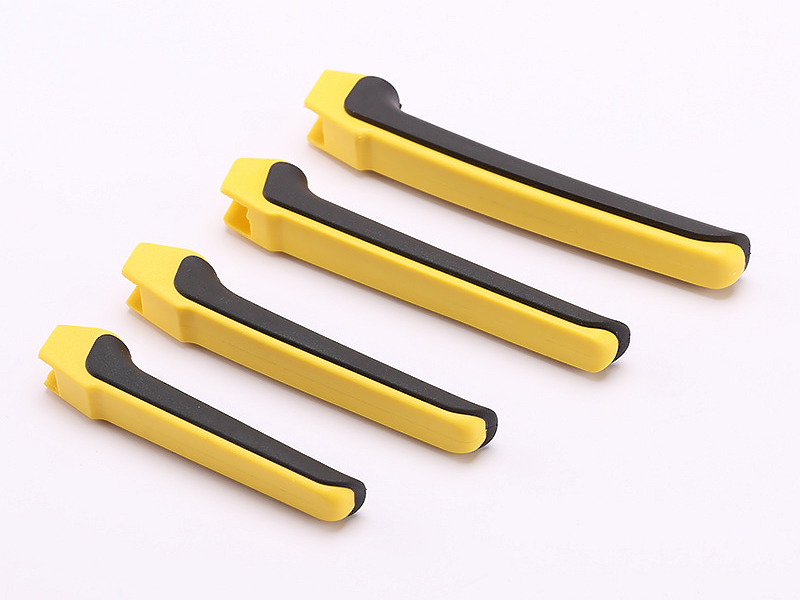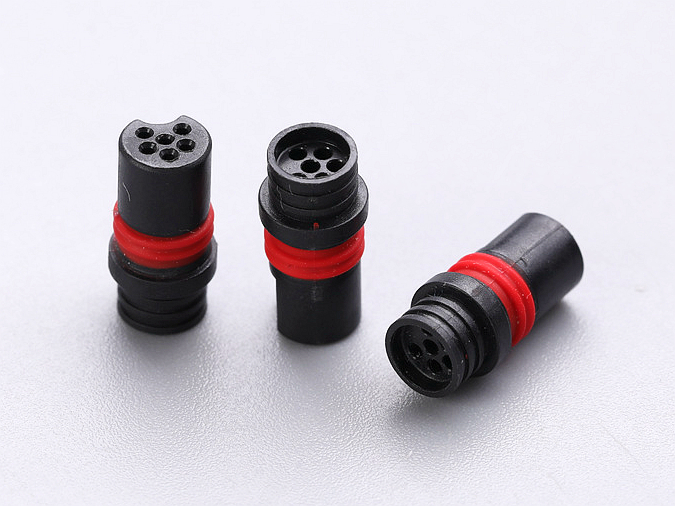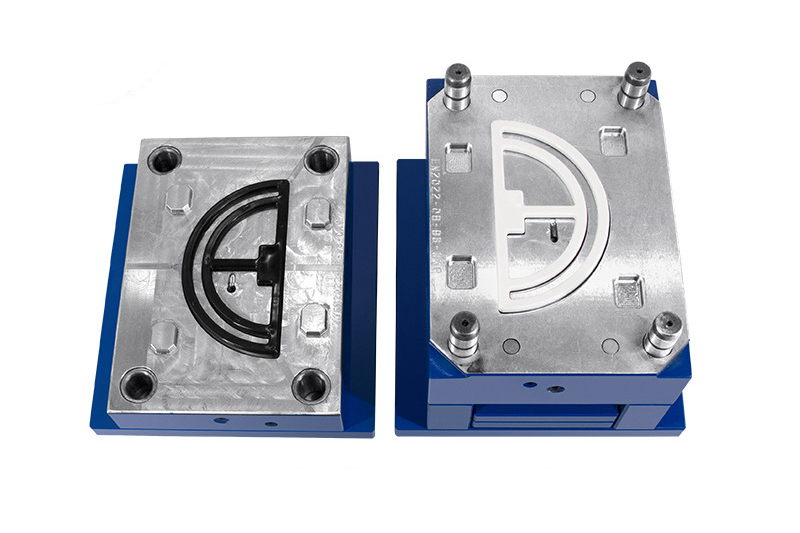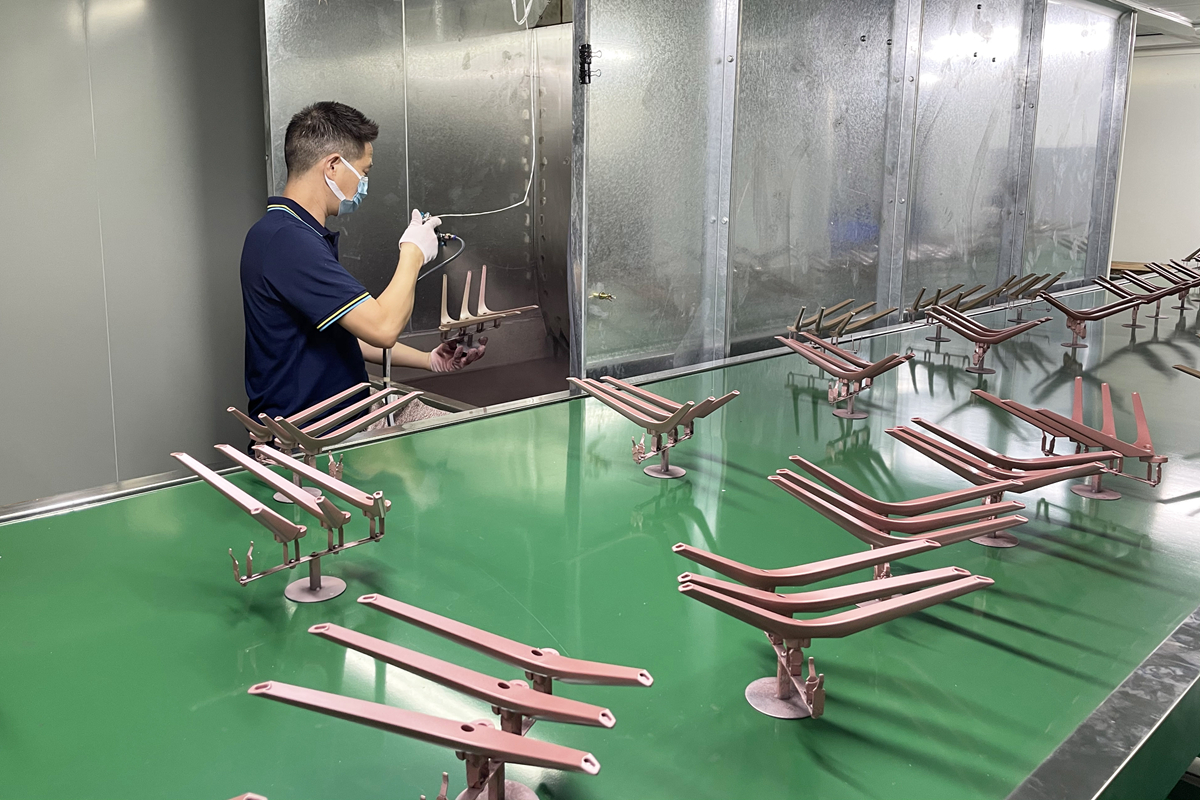Beauty Meets Function: Elevating Product Design with Over Molding Aesthetics
Introduction
In the rapidly evolving manufacturing landscape, over molding is a technique that seamlessly merges aesthetics with functionality. Industries such as consumer electronics, automotive, and medical devices increasingly rely on over molding to produce visually appealing, ergonomic, and highly durable products. By enhancing both form and function, manufacturers can drive marketability and strengthen brand loyalty.
Understanding Over Molding
Over molding is an advanced form of plastic injection molding, involving molding one material onto another substrate, typically combining rigid plastics or metals with softer, flexible materials such as silicone rubber or thermoplastic elastomers (TPE). Unlike traditional injection molding, this approach allows manufacturers to create unified, multi-material components with superior aesthetic appeal and improved functional performance.
The Aesthetic Advantages of Over Molding
Enhanced Visual Appeal
Over molding provides endless design possibilities, allowing products to feature vibrant colors, diverse textures, and luxurious finishes. Integrating materials like silicone or elastomers adds an attractive soft-touch surface, significantly elevating a product’s perceived quality and attractiveness to consumers.
Improved Ergonomics and Comfort
Products featuring over-molding, especially using materials like TPU, offer enhanced tactile experiences, ergonomic benefits, and greater user comfort. This is particularly valuable in handheld or wearable applications, influencing consumer purchasing decisions.
Customized Branding Opportunities
Over molding enables seamless integration of branding elements such as colors, textures, or logos directly into product designs, effectively strengthening brand identity and differentiation.
Functional Benefits Complementing Aesthetics
Increased Product Durability
Over molding adds protective layers, significantly increasing resistance to impact, environmental exposure, and wear. This added durability ensures products remain aesthetically appealing and functionally robust, enhancing their lifespan.
Enhanced Grip and Safety
Soft, textured over molded surfaces greatly improve user grip, increasing product safety and usability. This benefit is essential for tools, medical devices, and consumer electronics, where secure handling is crucial.
Improved Vibration and Noise Reduction
The elastomeric materials commonly used in over molding effectively absorb vibrations and dampen noise, enhancing product reliability and user satisfaction, especially important in automotive and industrial applications.
Choosing Materials for Optimal Over Molding Results
Material selection is key in over molding success. Commonly used materials include thermoplastic elastomers (TPE), TPU, and silicone rubber, each providing unique advantages:
TPE: Flexible, cost-effective, easy to mold, ideal for ergonomic applications.
TPU: High durability, chemical resistance, excellent tactile feel.
Silicone Rubber: Outstanding thermal stability, biocompatibility, and soft-touch aesthetics.
Strategically balancing these factors ensures optimal aesthetic appeal and functionality without unnecessary expense.
Real-World Examples and Case Studies
Consumer Electronics Sector
Manufacturers employ over molding extensively in consumer electronics, such as smartphone cases and wearables. Utilizing materials like TPE, companies deliver visually appealing, ergonomic products with improved durability, significantly influencing consumer preferences.
Automotive Industry
In automotive applications, over molded components, including steering wheels, dashboard elements, and control knobs, dramatically enhance aesthetic appeal, ergonomics, and user experience. Automotive manufacturers leverage over molding to create luxurious interior components that boost perceived product value and market competitiveness.
Medical Device Industry
Medical device manufacturers widely use over molding for products like ergonomic surgical handles and diagnostic tools. Materials such as medical-grade silicone enhance user comfort, grip, and safety, meeting strict medical standards while significantly improving patient and practitioner experiences.
Key Design Considerations for Successful Over Molding
Precise Mold Design and Material Compatibility
Efficient mold design and selecting compatible materials are crucial. This approach prevents defects, enhances aesthetics, and improves overall product performance, reliability, and cost-effectiveness.
Integration of Color and Texture
Careful selection of color palettes and surface textures helps manufacturers align product aesthetics with brand identity, increasing market appeal and consumer loyalty.
Automation for Quality and Consistency
Automating over molding through robotics and intelligent monitoring ensures consistency, reduces production costs, and maintains superior aesthetic and functional standards.
Overcoming Common Challenges in Over Molding
Ensuring Robust Material Bonding
Selecting compatible substrates like ABS ensures effective bonding, reduces failures, and maintains product integrity over its lifetime.
Controlling Production Costs
Effective production management, optimized mold design, and strategic material selections help manufacturers maintain budget efficiency without sacrificing product quality or aesthetics.
Achieving Consistent Aesthetics at Scale
Implementing stringent quality assurance measures and automated processes ensures consistent aesthetic quality, essential for maintaining brand reputation and reducing production inconsistencies.
Future Trends in Over Molding Aesthetics
Innovative Material Developments
Continued research into advanced, sustainable, and eco-friendly materials offers significant opportunities for improved aesthetic and performance outcomes in over-molded products, meeting growing consumer preferences.
Integration of Smart Technologies
Future trends indicate the incorporation of smart technologies, including responsive materials and interactive surfaces, significantly enhancing consumer interaction and product attractiveness through innovative functionalities.
Sustainability and Eco-Friendly Choices
Manufacturers increasingly adopt recycled and biodegradable materials, responding to consumer demand for sustainable solutions. Over molding will evolve toward environmentally responsible material selection, reinforcing consumer trust and brand reputation.
Conclusion
Over molding offers manufacturers a sophisticated approach to integrating beauty and function, significantly enhancing product design, ergonomics, durability, and marketability. As industries embrace over molding’s aesthetic advantages and functional benefits, they can differentiate products effectively, achieve enhanced consumer satisfaction, and secure sustained competitive advantage in evolving marketplaces.
FAQs
What types of products benefit most from Over Molding?
How does Over Molding enhance ergonomic design?
What are the best materials to use in Over Molding for aesthetic purposes?
Can Over Molding help improve product durability?
What factors should be considered when selecting materials for Over Molding?




